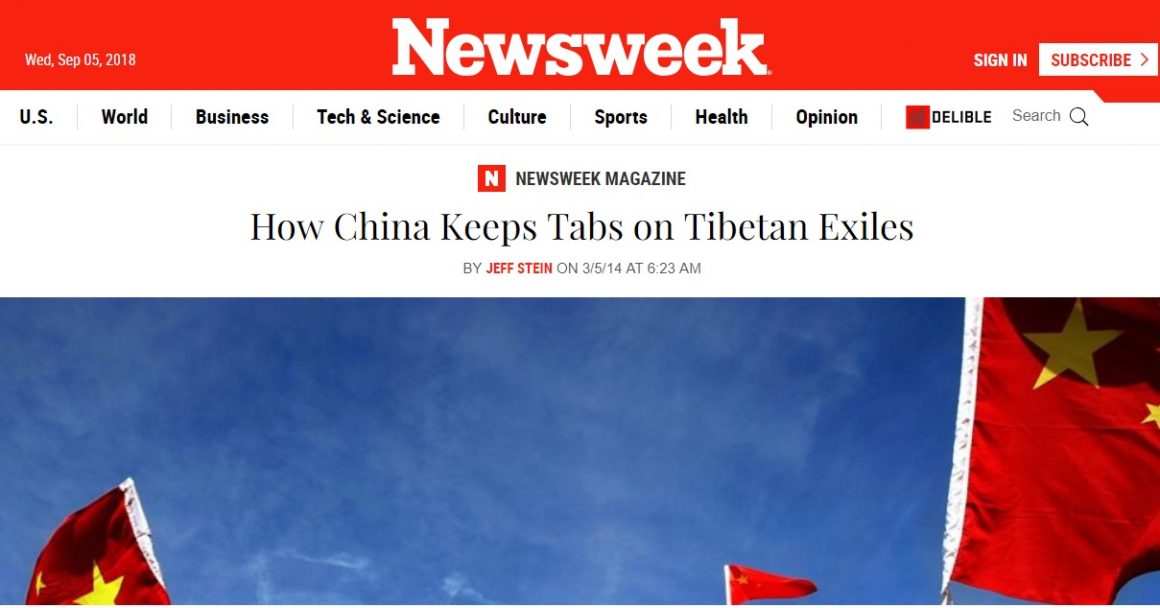How China Keeps Tabs on Tibetan Exiles
All the phones started ringing at once, she remembers: Beep-beep, chimes, brrring! About 20 people in a room in San Francisco were getting calls, often, it turned out, from the person sitting right next to them. “Hello?” The room erupted. “Hello? Hello?” Strange voices then came from some of the phones, men with Chinese accents talking nonsense or ordering pizza. Then from out of the phones came the horrifying sound of screams.
“It sounded like people being tortured,” recalls Lhadon Tethong, a leading activist for Tibetan independence. She eventually decided the screams were fake, recordings maybe from a horror movie. But for the older people in the room that day in 2008 in San Francisco, those with personal memories of China’s brutal repression of Tibet, those screams were a harrowing reminder that no matter how far they moved away, the long arm of China could reach into their lives, even in America.
“They’re very aggressive,” I.C. Smith, a retired FBI China expert, says of Beijing’s pursuit of the Tibetans and other dissident groups here. “They’ll do any mischief that they can.”
Vast, remote, Himalayan-high Tibet, with its saffron-robed Buddhist monks, 20-foot-long groaning trumpets and Dalai Lama, has long played an outsized role in U.S.-China relations. The fate of its 6 million people, scattered across an arid Central Asian steppe the size of Texas and Alaska combined, would hardly seem to merit much attention. Yet, as was demonstrated again recently, when President Obama inflamed Beijing by welcoming the Dalai Lama to the White House, Tibet, nominally an autonomous Chinese province, remains an important part of Washington’s East Asia calculus. Push too hard in the South China Sea, Obama seemed to be saying, and we can set your backyard on fire.
The U.S. has done it before. For 20 years after the Communists took power in 1949, the CIA helped Tibetans resist Beijing’s subjugation of the Buddhist province, even going so far as to train and arm Tibetan exile rebels at secret bases in Colorado. As part of the U.S.-China rapprochement in 1972, President Richard Nixon pulled the plug on the armed resistance, but the State Department continued to support the Dalai Lama and his government, which fled into exile in 1959. China has yet to fully integrate Tibet into its system, and its exile diaspora, headquartered in India but scattered around the world, has continued to agitate for independence.



